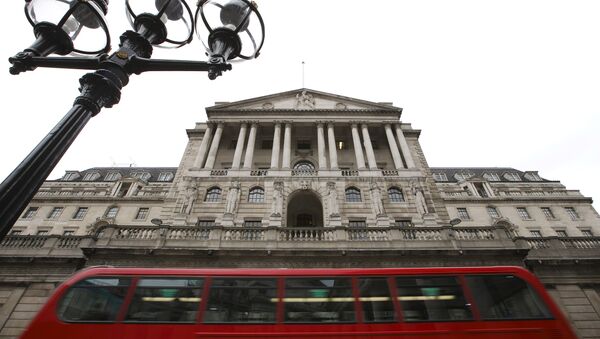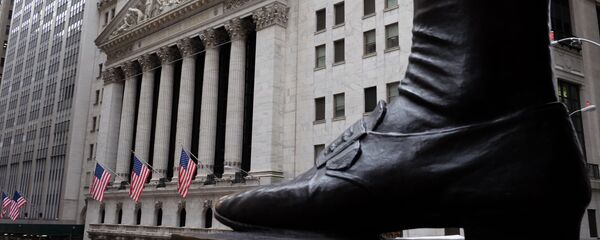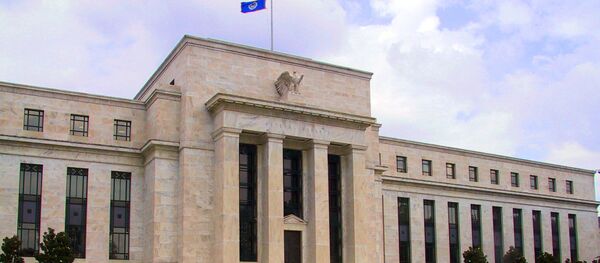The British regulator fears a possible overheating and subsequent asset bubbles in London’s City after the US borrowing costs go up, discouraging international investors from buying into North America. Besides, the improvement in the British households’ financial situation suggests the UK is likely to withstand a gradual monetary tightening without suffering any significant harm to growth prospects and disposable incomes.
The UK consumer inflation accelerated to an annualized 0.1% in November after the previous month’s reading of 0.1% negative, according to data by the Office of National Statistics (ONS) published Tuesday. Core inflation index (CPI), a measure determining possible moves in BoE monetary policies, picked up pace in November to 1.2% year-on-year from 1.1% a month earlier.
Even though the British CPI is still below the target 2%, suggesting a hike in BoE rates might be rather a distant prospect (some observers note any significant moves in the UK monetary policy should not be expected until at least early 2017), other indicators strongly support monetary tightening as to avoid asset bubbles.
According to BoE’s Quarterly Bulletin published Tuesday, only 31% of UK mortgage borrowers would see a deterioration in their finances should the base interest rates go up from the current 0.5% to a normal of 2.5%.
The amount of British debtors affected by a potential raise in rates is lower than that in 2014 (37%) and in 2013 (44%). BoE head Mike Carney said the Monetary Policy Committee are testing the risks and side-effects of a rate hike, but most policymakers, including the BoE Deputy Governor Minouche Shafik, have outlined that a stronger expansion in salaries and inflation would be necessary to support a harmless increase in borrowing costs.
Wage growth data is expected on Wednesday, and is forecast to show a slowdown in salaries expansion to an annualized 2.3% during the past three months from that of 2.5% in the previous period.
The ONS reported that a rise in transportation expenses contributed to a pickup in November’s inflation reading, however, the persistently low fuel costs are holding back a further advance in prices. Another factor is a decline in clothing prices, having dropped to their lowest since 1996 due to the low factory-gate inflation in overseas producers, most notably, mainland China, and a weak demand in the UK despite the coming Christmas.
The BoE is more optimistic of a sooner rate hike prospect than many British policymakers.
“In aggregate, household debt remains high relative to income, but the cost of servicing that debt is historically low,” the BOE said in the Quarterly Bulletin. “Households appear a little better placed to cope with a rise in interest rates than a year ago and survey responses do not imply that a rise in rates would have an unusually large impact on spending.”
According to BoE estimates, a 1% rise in borrowing costs would trigger a 0.5% drop in aggregate spending, as saving money is a more prudent strategy than credit-fueled spending in a tighter monetary environment.
The labor market is another concern. As an EU member, the UK has a significant amount of foreign workers, holding back the expansion in wages and the prospect of full employment. While the labor market slack persists, any monetary tightening would spur additional and unnecessary risks to Britain’s financial stability.
“Labor-market conditions have improved substantially, and much of that slack appears to have eroded,” the BoE noted. “Nevertheless, a modest amount of slack is likely to remain.”
Nevertheless, the appreciation in the UK-based financial assets and the dynamics in investment flows suggest the monetary conditions are already looser than it is necessary to address the emerging challenges to the financial system.
After the US Fed moves on rates, the already hot British assets would meet a greater demand diverting many investors from North America seeking cheap credit. An actual BoE policy move might eventually come sooner than domestic fundamentals would improve to be solid enough to support an increase in borrowing costs.






